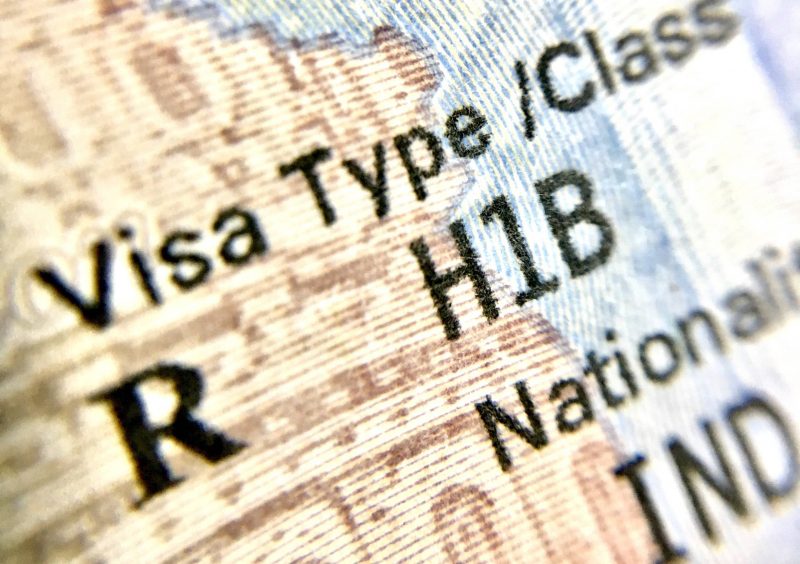A Case Study in Cheap H-1B Labor
The legacy media has largely stopped reporting on the H-1B visa mess. Almost all news on H-1B now comes from foreign sources. Yet on occasion one finds something written locally on H-1B, and it usually demonstrates why you should not trust what you read in legacy media.
The latest example is an op-ed from the St. Louis Post-Dispatch in which a principal of the architectural firm Trivers extols the virtues of H-1B visas and calls for raising the numeric limits on the number of visas.
Trivers is a relatively small user of H-1B visas, yet it illustrates how the H-1B cheap-labor game is played.
The H-1B statutes require the employer to pay the higher of the prevailing wage for the occupation and location or the wage paid to similar employees. Yet this requirement is ignored more than it is followed because everyone in the H-1B world knows there is no enforcement.
The problem is the H-1B program operates on a trust-me system where the employer determines the prevailing wage. The employer submits the claimed prevailing wage along with various certifications to the Department of Labor on a Labor Condition Application (LCA). The Department of Labor must approve the LCA within 7 days as long as the form is filled out correctly. There is no verification whatsoever of the contents. The Department of Labor is prohibited from reviewing LCAs after approval and USCIS is prohibited from reviewing them during the actual visa process.
Trivers submitted LCAs in 2023 and 2017, both for architects (Job Code 17-1011).
The 2023 LCA (case I-200-23157-084809) gives the prevailing wage as $54,184.00, the wage to be paid is (from $54,184) up to $56,000, and the job location is St. Louis. (The wage on the 2017 LCA is $47,882.)
Now go to the Bureau of Labor Statistics and look up the wages for Architects in St. Louis. There one finds that the median (normal prevailing wage) is $39.43/hour—$82,414 a year—and the mean wage is $88,340.
Trivers should be paying an H-1B architect the higher of the prevailing wage for the occupation and location ($82,414) or whatever it pays similar employees (something we do not know).
If this LCA were to be applied to an actual H-1B visa, Trivers would save at least $26,000 a year by going H-1B – a 32 percent savings.
Let us put these wage figures in perspective. The claimed “prevailing wage” is $26.05/hour and the high end of the wage to be paid is $26.92. The 10th percentile wages for an architect in St. Louis is $24.52 and the 25th percentile wage is $30.92. Both the claimed prevailing wage and the maximum wage to be paid are within about the bottom 16 percent of wages for the occupation and location.
The author writes, “For Trivers, hiring international talent is worth all these hurdles.”
At a $26,000 a year savings, you bet that it is worth the hurdles of H-1B processing. The cheap labor factor is why the H-1B quotas get used up every year. Employers large and small have learned they can abuse the system with impunity.






